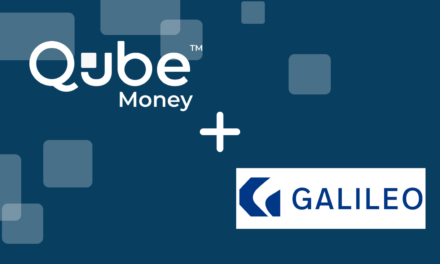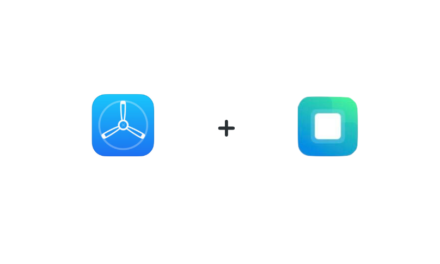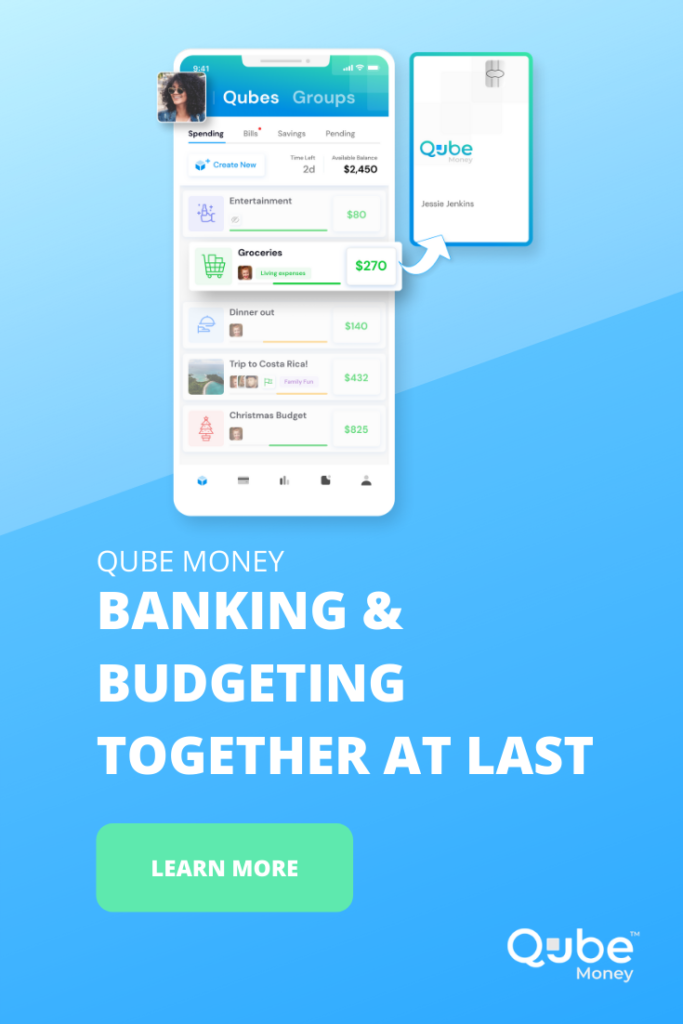On April 15, 2018, users of the award-winning Clarity Money app logged in to find a distressing surprise. Their beloved app had been acquired by the online bank Marcus by Goldman Sachs. Nothing would change right away, the companies said. And indeed — it’s been two years, but now, it’s official.
As of today, March 5, 2021, Clarity Money will be no more. Instead, it’ll be rebranded as Marcus Insights. While it’ll still look much same, it’ll be geared towards recommending you products from Marcus by Goldman Sachs itself.
If you’re a Clarity Money user, you might be alarmed. You might be looking for Clarity Money alternatives. In this article, we’ll let you know what’s changing and what your options are going forward.
WHY ARE SO MANY BUDGETING APPS SHUTTING DOWN?
It can be frustrating to be a longtime customer of a budgeting app, only to have it shut down. You’ve invested your time and money in learning this platform and integrating it into your life, after all. But to understand why so many budgeting apps are shutting down, we first have to ask: why are there so many to begin with?
WHY ARE SO MANY BUDGETING APPS CREATED?
Sometimes it seems like the world is a beautiful snowglobe of budgeting apps. All of them essentially do the same thing: help you manage your money. But each of them is still like its own unique snowflake that helps you budget in a slightly different way.
For example, some budgeting apps (like Qube) allow you to create budget plans you can spend from. On the other hand, Clarity Money alternatives like Mint only show you your spending habits after the fact. Different programs are best suited to help different people, depending on what they’re looking for.
WHERE DO BUDGETING APPS GO?
At the same time, budgeting apps are a business just like anything else. Sometimes, those business models don’t work out, like the online lending company Prosper’s own budgeting app. Rather than spreading itself too thin among different areas of financial management, Prosper closed down its budgeting app in 2017 to focus more on the lending side of its business.
More commonly, though, budgeting apps are acquired by other companies. For example, the budgeting app Level Money was acquired by Capital One in 2015, and then closed down in 2017.
A bank will often absorb a budgeting app and rebrand it as one of many offerings within its platform. This makes the bank more competitive, helping it attract more customers. More importantly, they can sneakily bring new customers into the fold through the rebranded app for the bank.
That’s exactly what’s happening to Clarity Money. Marcus by Goldman Sachs bought up the company, and now it’s being merged with the bank. It’ll be rebranded as “Marcus Insights.”
WHAT IS CLARITY MONEY?
Clarity Money is a budgeting app that focuses on giving you a snapshot picture of your finances. It does this in a aesthetically beautiful way. For example, when you log in, you’ll see a smoothly-designed series of boxes. These boxes each show a little snippet of information, such as:
- Your income
- Your recent transactions
- Upcoming debt payments
- Updates on your credit usage
- A short, interesting money quote
- A breakdown of your spending in different categories
This allows you a quick snapshot into your overall financial picture with a small dose of motivation. Clarity Money also offered a service that allowed you to cancel recurring subscriptions directly through the app. That feature, however, has been discontinued in recent months.
Finally, Clarity Money offered recommendations for financial products (like debt consolidation, or help with investing). These recommendations are made based on your specific financial details.
The ability to offer their own financial products is ultimately what led Goldman Sachs to buy Clarity Money. Aside from the nifty features it could offer its customers, the bank could also advertise its own products to users.
Alternatives to Clarity Money
Right now, you have two choices:
Switch to Insights by Marcus
First, you’re free to use the new Marcus Insights app. You don’t need to be a customer of Marcus by Goldman Sachs to use the new app. You will, however, need to relink your bank accounts to continue using it.
It’ll still offer much the same functionality and probably look the same, too. The main difference will be that the customized financial product recommendations will point you toward products offered by Goldman Sachs. It wouldn’t make sense for the bank to be pointing you towards its competitors, after all.
Switch to Another App
If you’re not comfortable with using Clarity Money anymore, you still have plenty of options with other budgeting apps. Here are a few comparable ones:
Qube Money
Qube Money is an envelope-based digital budgeting platform where your bank and your budget are one. What that means is you pre-set your spending limits in different categories (or “qubes” as we call them). These qubes hold your money.
When you’re ready to spend, you’ll unlock those funds in the app, making them available on your Qube debit card. When you use your card, the money leaves your qube. In real time, you know exactly how much money you have for the rest of your budget period. This eliminates any need to manually track purchases after you spend.
If you use Qube as a Clarity Money alternative, you’ll notice one main difference. Qube will allow you more control over your budget. You set the limits, and the app and the debit card keep you on track. With Clarity Money, to keep your budget accurate, manual tracking is required.
Also, with Clarity, there are no spending limits in place. Clarity only tells you what you’ve spent after the fact, and by then, you might be well off-budget. With Qube Money, you’ll never spend outside your budget.
Mint
Mint is a bit of a hybrid between Qube Money and Clarity Money. It allows you to pre-set your spending limits, and you actually have a budget to follow. But because it only tracks your spending after the fact, it does nothing to make sure you stay on track in the moment you’re spending.
With Mint, a fair amount of this after-the-fact tracking requires manual changes. If you don’t keep up on the manual tracking, Mint doesn’t provide much value. It only tracks your spending after you spend, and again, that’s the main reason why people get off-track with their budgets.
YNAB
You Need A Budget (referred to as “YNAB“) also lets you track your spending against pre-set categories. Like Mint and Clarity, some of the tracking is automated; but it also requires manual changes to keep your budget accurate. Sometimes it takes a couple of days for the transactions to show up in the app.
YNAB also has its own budgeting philosophy designed to help you stay on track. Many people have found it hard to learn this new budgeting philosophy, but others love it. Like Clarity and Mint, it’s possible to overspend or fall off the rails with YNAB, since you track your budget after you spend.
Should You Switch to Qube Money from Clarity Money?
If you’re looking for an alternative to Clarity that will really help you stick to a budget and change your spending habits, we recommend taking a look at Qube Money.
We’ll tell it to you straight, though: Qube Money isn’t for everyone. If you’d rather just have a passive approach to managing your money, Qube Money is probably not right for you. If you just want to see what you’re already doing rather than manage your money better, then there are plenty of other apps out there for you.
But if you’re interested in a simple approach that actually changes spending behavior, then you should consider Qube Money. Qube Money requires a small amount of effort up front, but doesn’t require the ongoing work of tracking your budget after you spend. With Qube Money, we believe you’ll see rewards that far outweigh the time you’ve put in.






